Ultimate Guide to Afif Abad Garden and Museum in Shiraz
Afif Abad Garden and Museum, with its beautiful landscapes, offers a serene setting for exploring a fascinating collection of military artifacts.
Shiraz, known for its vibrant culture and profound historical significance, is a city that captivates visitors with its unique blend of ancient and contemporary allure. This southern Iranian city is famed for its contributions to poetry, art, and the architectural marvels that dot its landscape. Among these, the Afif Abad Garden and Museum holds a special place, inviting tourists to explore its rich cultural and historical offerings.
Afif Abad Garden and Museum is more than just a scenic location; it is an experience that highlights the harmonious combination of natural beauty and history. The garden’s meticulous design provides a serene environment filled with symmetrical pathways and lush greenery, reflective of traditional Persian garden aesthetics.
If you’re considering a trip to Shiraz with one of our Shiraz tour packages, be sure to include Afif Abad Garden in your travel plans for an unforgettable experience.
Afif Abad Garden and Museum Historical Background
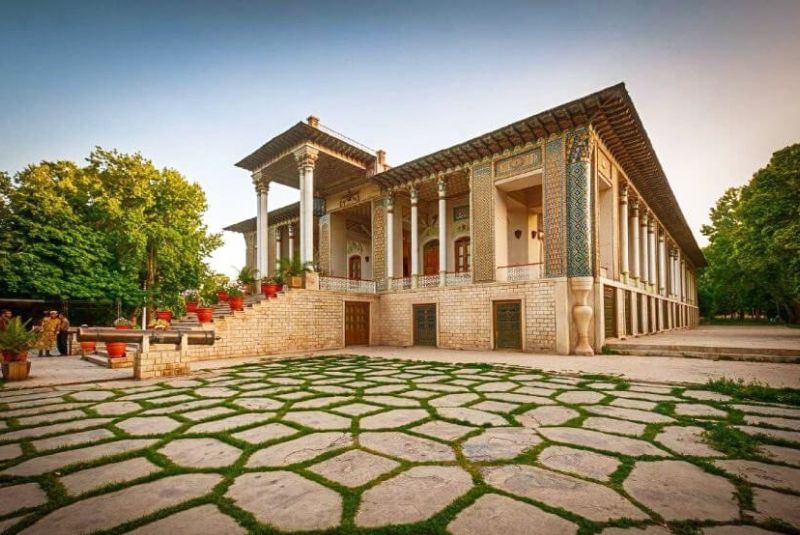
The origins of Afif Abad Garden date back to the Safavid dynasty, a time marked by the flourishing of Persian art and architecture. Originally built in the 16th century, the garden was designed to reflect the luxurious standards of Persian nobility, emphasizing symmetry, water channels, and lush plant life. Over time, the estate changed hands, falling into periods of neglect before being revitalized under the influence of the Qajar dynasty in the 19th century.
During the Qajar period, significant renovations were made to enhance the structure and surroundings. The estate was transformed with European-inspired architectural elements, merging Western styles with traditional Persian design to create a unique aesthetic. This era saw the addition of finer details to the main building, integrating carvings and expansive balconies that overlooked the garden.
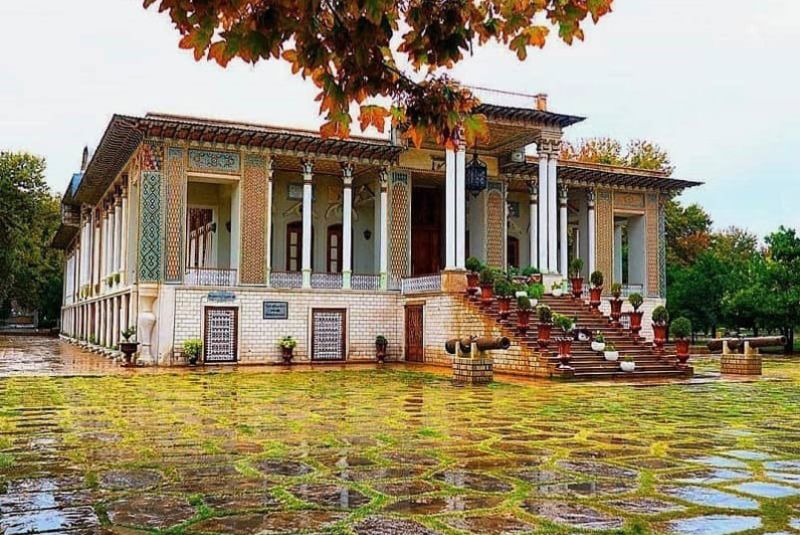
In the 20th century, Afif Abad Garden gained renewed importance when it was repurposed to house a military museum. This shift emphasized the historical value of the property, preserving a broad collection of military artifacts ranging from ancient weaponry to more recent military paraphernalia. The enduring significance of the complex, marked by its thoughtful renovations and evolving functions, makes Afif Abad an essential symbol of Shiraz’s historical narrative.
Architectural Highlights of Afif Abad Garden
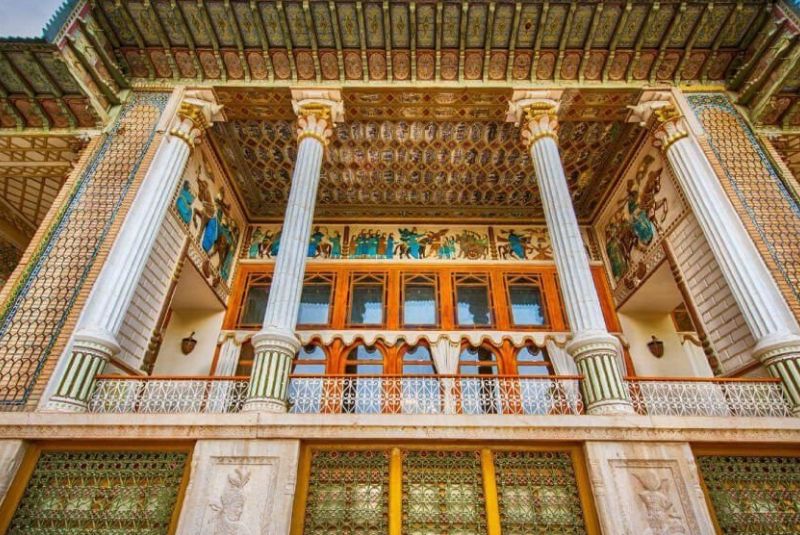
The architectural design of Afif Abad Garden reflects a blend of Persian elegance and European influence, which was particularly popular during the Qajar era. The main building, a stately mansion with an impressive facade, showcases grand columns that frame its entrance, offering a sense of refined majesty. These columns support a spacious terrace, which allows for an uninterrupted view of the garden’s symmetrical pathways and vibrant plant life.
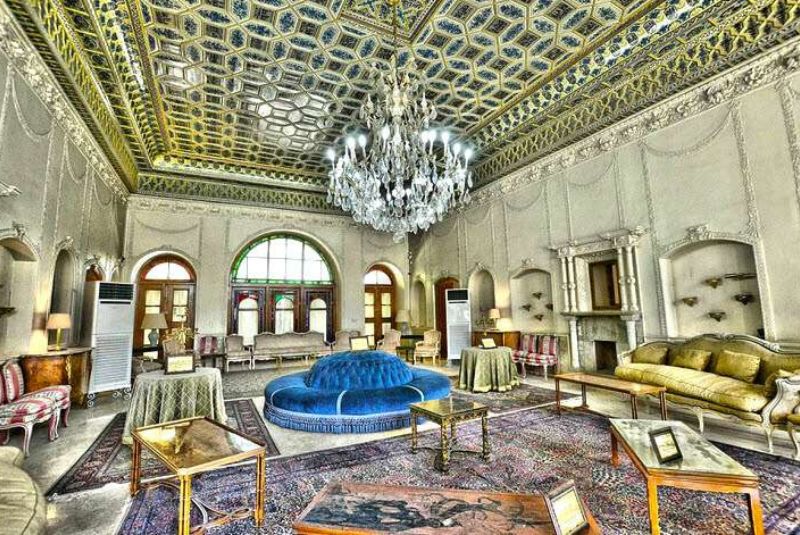
Inside, visitors can find intricate carvings and artistic details that highlight the craftsmanship of the era. The mansion’s rooms are decorated with decorative motifs, elegant archways, and stained glass that catches the sunlight in a kaleidoscope of colors. The use of mosaic art throughout the space enhances its visual appeal, creating a rich and immersive environment.
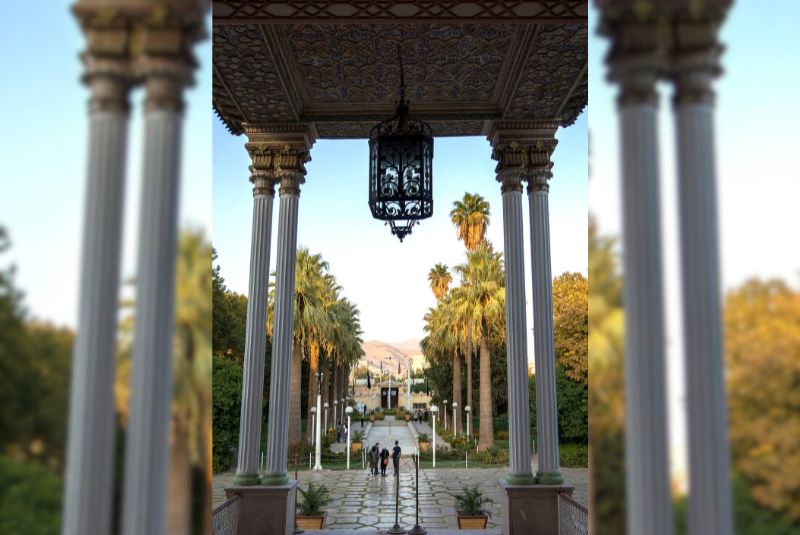
An integral part of Afif Abad is its historic bath, known as the Afif Abad bath (hamam). This bath is designed with traditional Persian features, including a stone water basin and a layout conducive to both function and artistry.
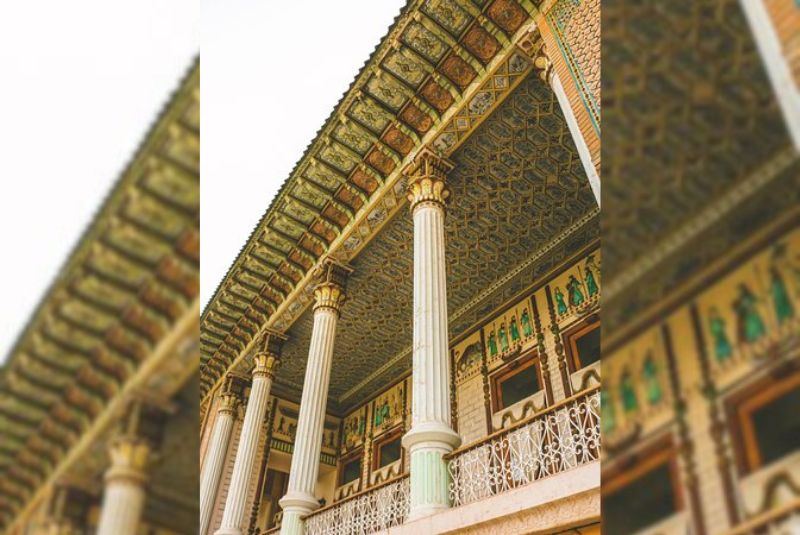
The hamam not only served as a place for ritual cleansing but also added to the garden’s overall appeal by showcasing the importance of water in Persian culture. This combination of design elements makes Afif Abad Garden a fine example of how Persian architectural and cultural themes were expressed through both beauty and utility.
Exploring the Garden
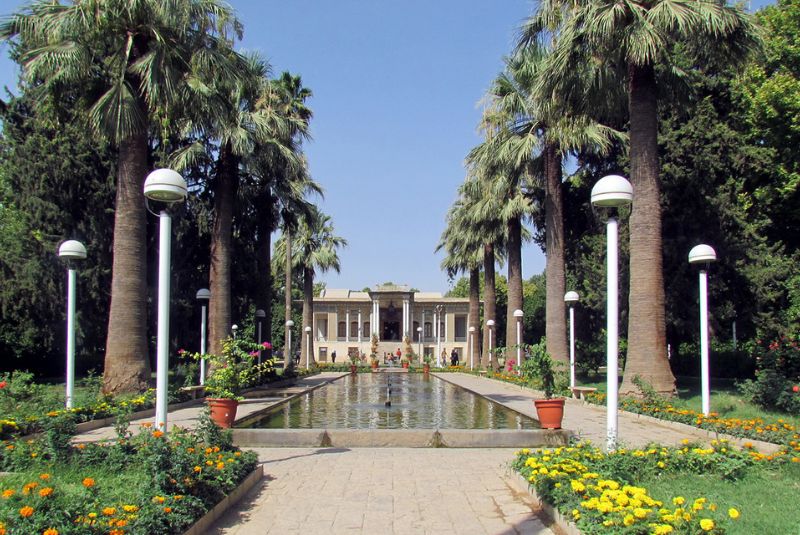
Afif Abad Garden is meticulously arranged, embodying the classic characteristics of Persian garden design. Visitors are welcomed by wide pathways lined with a variety of flourishing plant life, including towering cypress trees, blooming roses, and vibrant seasonal flowers that add bursts of color. The garden’s layout is symmetrically designed, a hallmark of traditional Persian landscaping that emphasizes balance and harmony.
Central to the garden is an intricate water system that enhances both its aesthetics and function. Pools and narrow water channels, known as jubes, create a cooling effect in the warm climate of Shiraz, promoting a comfortable environment for visitors. The sound of gently flowing water adds to the tranquil atmosphere, inviting guests to stroll at a relaxed pace and take in the beauty around them.
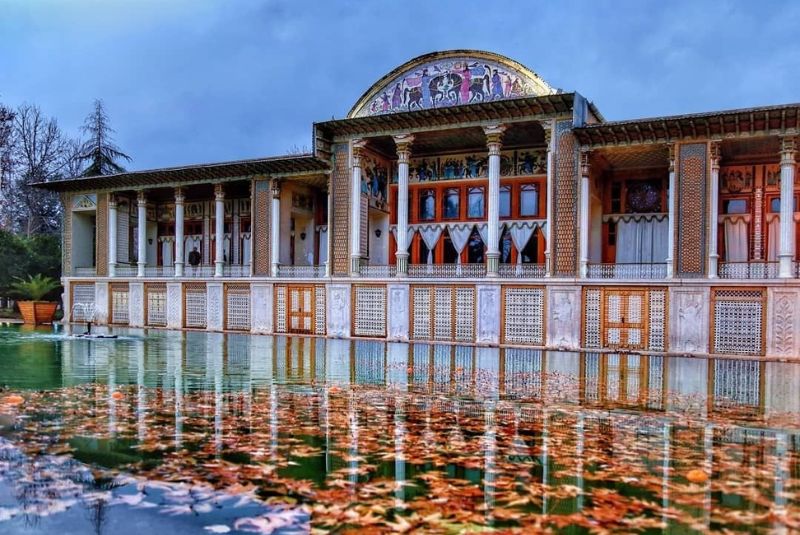
Afif Abad Garden is perfect for those seeking a peaceful retreat in the city. The thoughtful arrangement of plant varieties, combined with shaded seating areas, makes it an ideal location for visitors looking to rest or enjoy a quiet moment of reflection. This serene setting, coupled with the garden’s visual appeal, ensures that tourists leave with a memorable impression of their visit. Its balance of natural elements and carefully maintained walkways underscores why Afif Abad is highly regarded among travelers exploring Shiraz.
Afif Abad Military Museum
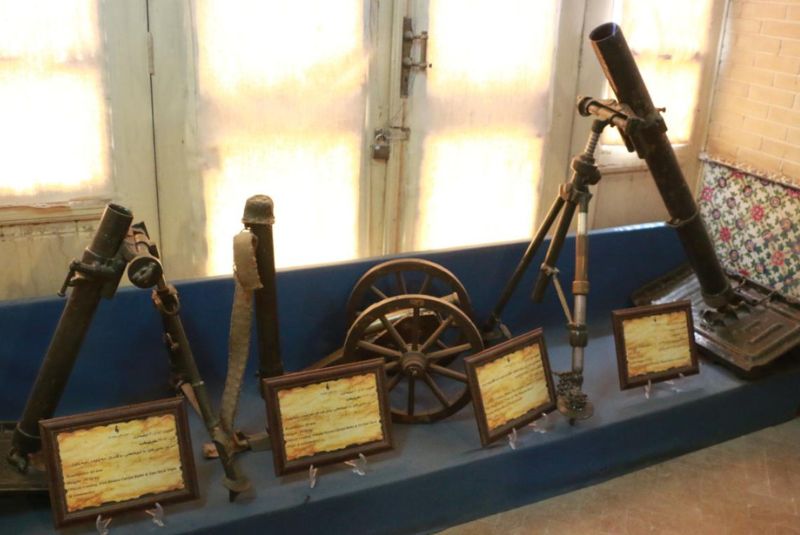
The main mansion of Afif Abad Garden houses the Afif Abad Military Museum, an institution that provides valuable insights into Iran’s extensive military history. The museum’s collection spans several centuries, with exhibits that feature everything from ancient weapons, such as swords and spears, to modern firearms and military technology. Visitors can find intricately crafted rifles, traditional shields, and an array of uniforms representing different eras and military regiments.
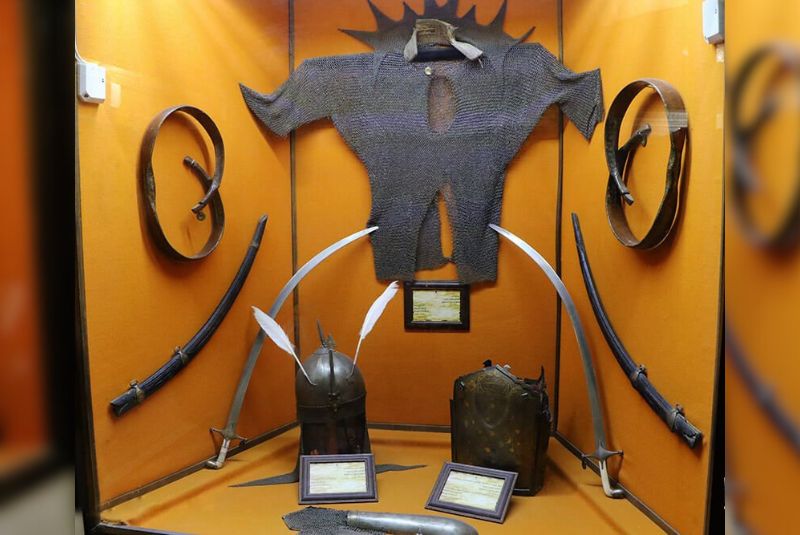
One of the museum’s most compelling aspects is its effort to showcase how military practices and technologies have evolved from the Safavid to the Qajar periods and beyond. This extensive display includes rare artifacts that illustrate both the artistry and functional importance of military equipment. For instance, armor pieces from the Safavid dynasty highlight not only their defensive use but also the detailed craftsmanship that characterized the era’s weaponry.
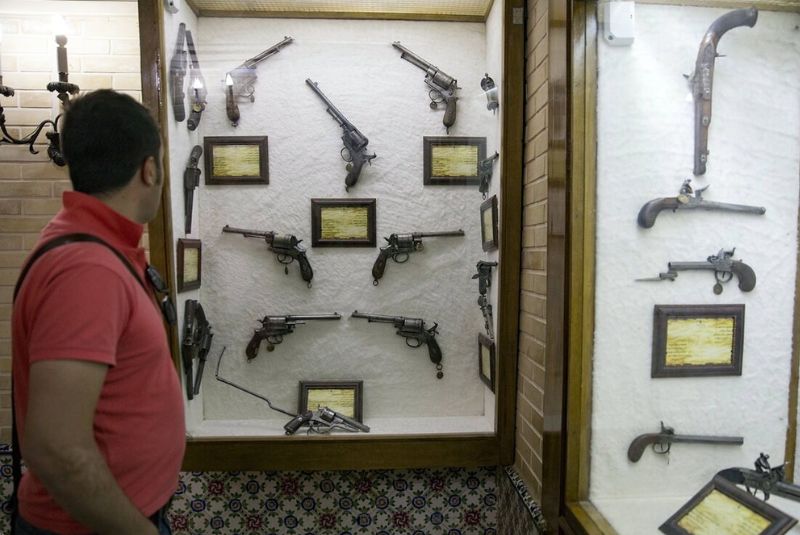
The Afif Abad Military Museum appeals to both history buffs and casual visitors. History enthusiasts will appreciate the depth of the collection and the opportunity to learn about the context surrounding each artifact. Meanwhile, casual tourists will find the displays visually engaging and informative, offering a well-rounded perspective on the role that military power has played in shaping Iran’s historical narrative. The museum’s strategic integration with the garden makes for an enriching experience that blends education with the pleasure of being outdoors.
| Related: Top 23 Museums in Iran + Photos
Afif Abad Bath
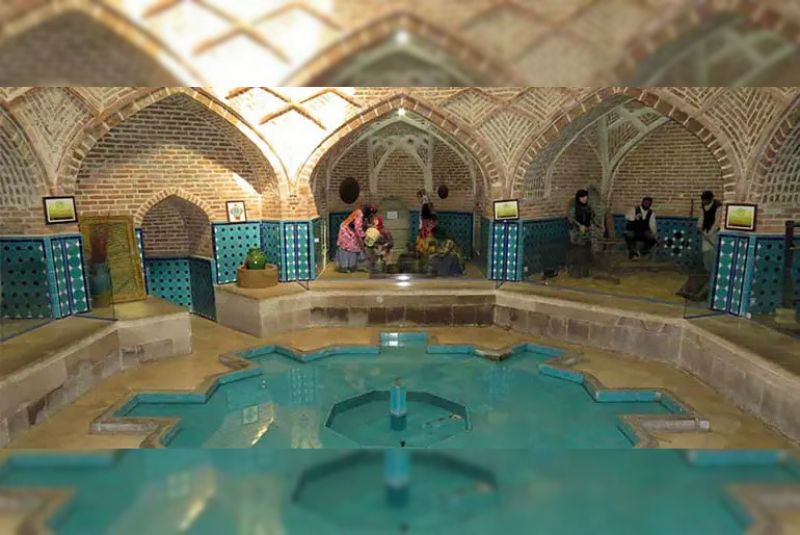
The Afif Abad bath, or hamam, adds another dimension to the cultural experience of the garden. Baths held great significance in Persian life, serving not only hygienic purposes but also social and ceremonial functions. The bath at Afif Abad reflects this tradition, featuring classic Persian design elements that prioritize both practicality and aesthetic beauty.
Architecturally, the bath showcases stone basins and detailed tile work, indicative of the care taken in its construction. The layout is thoughtfully arranged, with designated areas for hot and cold water to create a comprehensive bathing ritual. Skylights often found in traditional baths allowed natural light to filter through, illuminating the space softly and enhancing its ambiance.
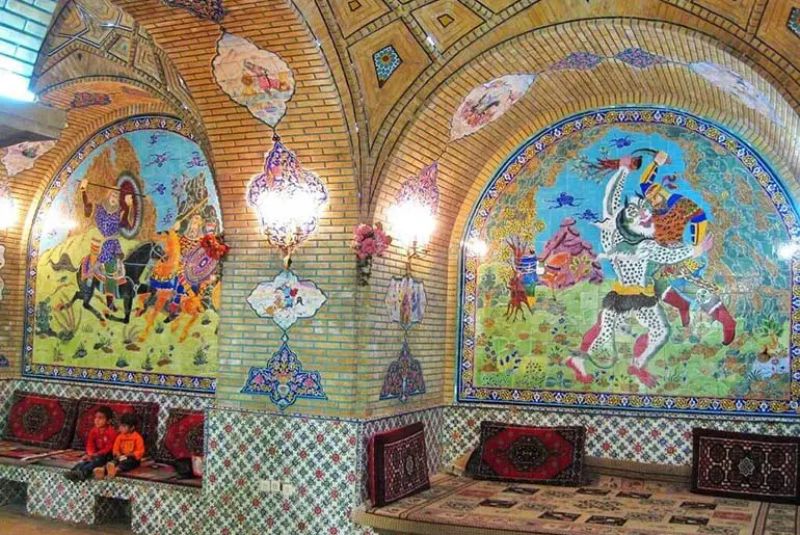
The presence of the Afif Abad bath underscores the garden’s role as more than just a leisure space—it was a multifaceted estate that met the needs of its visitors in a holistic way. This component of the complex invites guests to appreciate the layered purposes of such historical sites, offering insight into how daily life and luxury intertwined in Persian culture.
Afif Abad Garden and Museum Visitor Information
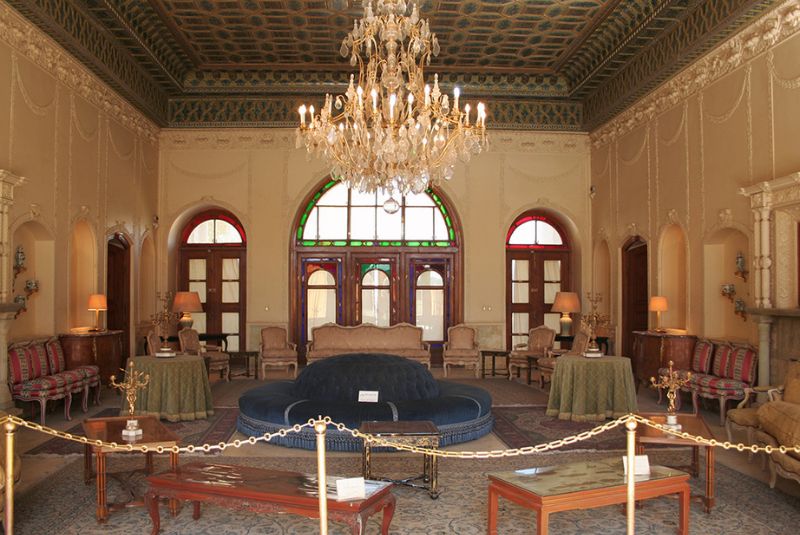
Tourists planning a visit to Afif Abad Garden and Museum should note that it is open most days of the week, typically from early morning until late afternoon. Exact opening hours may vary based on the season, so checking ahead is recommended. Entry fees are generally modest, and discounts may be available for students and children. The best time to visit is in the spring or early autumn when the weather is pleasant, allowing visitors to fully enjoy the garden’s outdoor spaces.
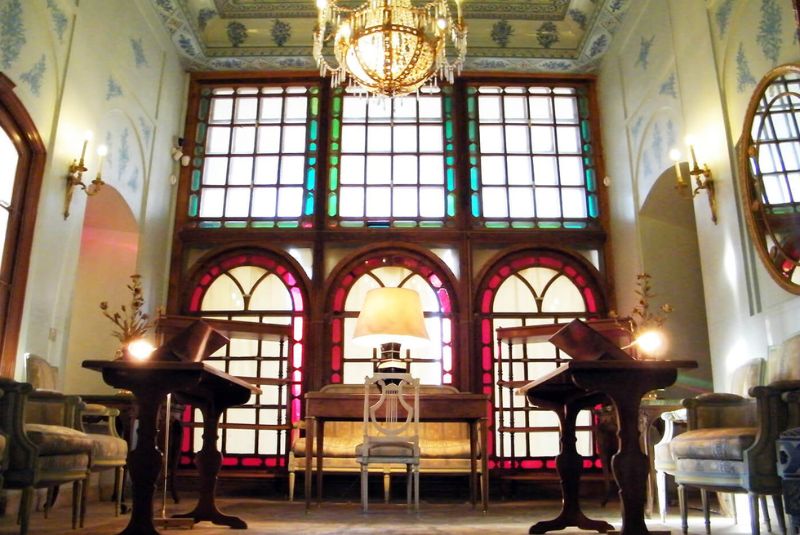
For a fulfilling visit, guests are advised to allocate at least two to three hours to explore the garden, museum, and bath comprehensively. Photography is allowed, though restrictions might apply within the museum; visitors should inquire at the entrance. Comfortable walking shoes and a hat are recommended, especially during warmer months, to ensure a pleasant experience.
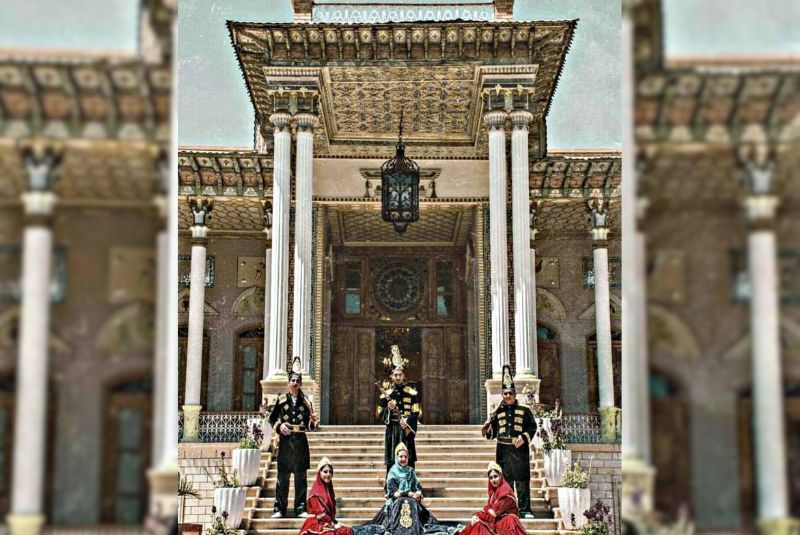
The site offers reasonable accessibility, with most pathways suitable for those with mobility aids. However, some parts of the mansion and bath may present challenges due to older architectural designs. Ensuring an enjoyable visit involves preparing for a mix of indoor and outdoor exploration, with attention to local guidelines for a respectful and enriching experience.
Nearby Attractions in Shiraz
Shiraz is rich in attractions that provide visitors with a complete picture of its cultural and historical essence. Complementing a visit to Afif Abad Garden, these nearby sites showcase the city’s diverse appeal.
1. Eram Garden
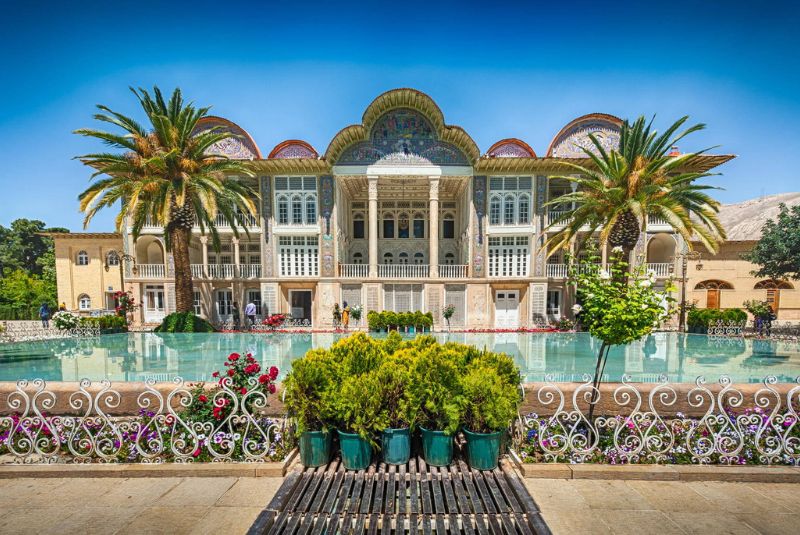
Eram Garden is renowned for its diverse botanical collection, showcasing a range of plant species within a carefully designed landscape. The garden’s pathways, shaded by cypress trees, lead to water features that mirror traditional Persian principles of garden design. Its centerpiece is a historic mansion, adding architectural interest to the lush surroundings. A visit to Eram Garden complements Afif Abad, as both gardens offer insight into Persian landscaping and the emphasis on beauty and tranquility.
2. Nasir al-Mulk Mosque (Pink Mosque)

The Nasir al-Mulk Mosque is famous for its stained-glass windows that transform the mosque’s interior into a kaleidoscope of colors during morning light. This 19th-century mosque also features vibrant tile work with unique floral and geometric patterns. The interplay of light and color offers a memorable experience that highlights the artistic excellence of Shiraz’s architecture. Visiting the mosque is best in the early morning to witness its full visual impact.
3. Persepolis

Persepolis, an ancient ceremonial capital of the Achaemenid Empire, is located about 60 kilometers from Shiraz. Its grand structures include impressive columns, intricately carved reliefs, and monumental staircases that tell the story of ancient Persian power and ceremonies. Recognized as a UNESCO World Heritage Site, Persepolis provides a profound look at the empire’s architectural achievements and historical significance, making it an essential visit for those interested in ancient history.
4. Vakil Bazaar

Vakil Bazaar is a bustling market that offers an authentic slice of local life. Its vaulted brick ceilings, winding alleys, and vibrant stalls are filled with traditional handicrafts, spices, and textiles. The bazaar’s lively atmosphere invites visitors to engage in bargaining and enjoy the sensory experience of Shiraz’s trade culture. It is also home to small tea shops where tourists can rest and enjoy local beverages amid the energetic market setting.
5. Hafez Tomb (Hafezieh)
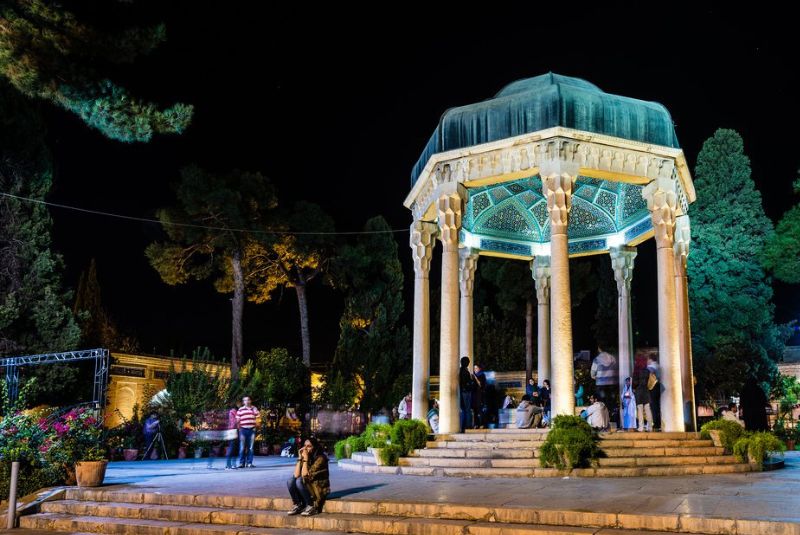
The tomb of Hafez, set in a peaceful garden, celebrates the life and poetry of one of Persia’s most beloved poets. Visitors often gather here to read his works, which are considered profound and influential in Persian literature. The inscriptions around the tomb and the pavilion’s design create an ambiance of reflection and cultural appreciation. The site is a popular place for both poetry enthusiasts and those wishing to understand more about the Persian spirit.
6. Qavam House (Narenjestan-e Ghavam)
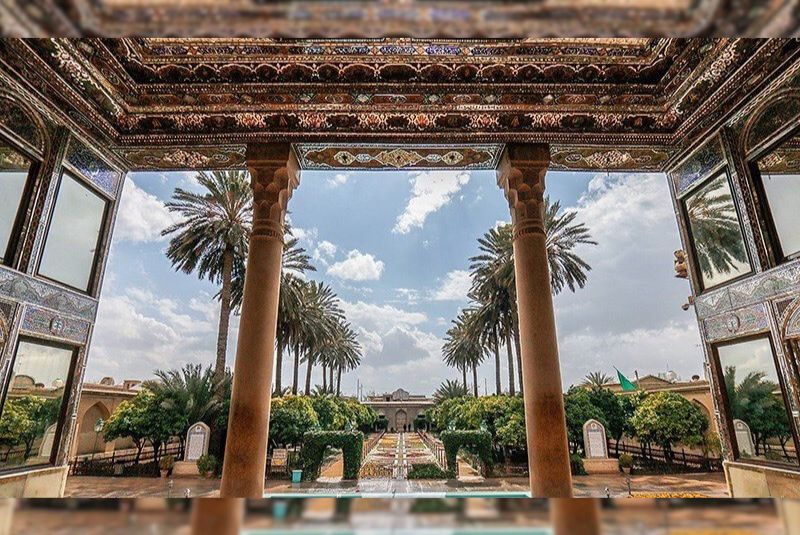
Qavam House, also known as Narenjestan-e Ghavam, exemplifies 19th-century Qajar architecture. The residence is famous for its intricate mirror work, colorful tile designs, and beautifully landscaped courtyards. Once home to a wealthy merchant family, the house reflects the luxurious lifestyle and artistic tastes of Shiraz’s elite. Visitors can explore its richly decorated rooms and enjoy the shaded gardens, which provide a glimpse into the sophisticated living of the era.
Final Takeaway
Afif Abad Garden and Museum is an essential stop for visitors to Shiraz, offering an enriching blend of natural beauty and historical learning. The harmonious combination of its meticulously designed garden, the insightful military museum, and the traditional bath highlights how this site brings together multiple aspects of Persian culture in one location.
Share your story!
Comment below and let us know about your Experience.
Your story inspires others!


Comment
Leave a Comment